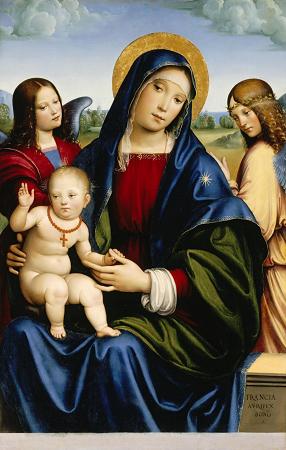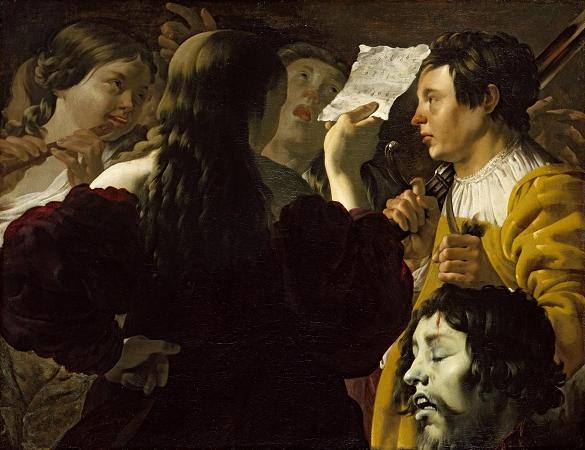North Carolina Museum of Art. The North Carolina Museum of Art is an art museum in Raleigh, North Carolina. It opened in 1956 as the first major museum collection in the country to be formed by state legislation and funding. Since the initial 1947 appropriation that established its collection, the Museum has continued to be a model of enlightened public policy with free admission to the permanent collection. Today, it encompasses a collection that spans more than 5,000 years of artistic work from antiquity to the present, an amphitheater for outdoor performances, and a variety of celebrated exhibitions and public programs. The Museum features over 40 galleries as well as more than a dozen major works of art in the nation's largest museum park with 164-acres. One of the leading art museums in the American South, the NCMA recently completed a major expansion winning international acclaim for innovative approaches to energy-efficient design. In 1924, the North Carolina State Art Society formed to generate interest in creating an art museum for the state. In 1928 the society acquired funds and 75 paintings were first displayed in a series of temporary art exhibition spaces in the Agriculture Building in Raleigh in 1929. In 1939, NCMA was moved to the former Supreme Court building.In 1947 the state legislature appropriated $1 million to purchase a collection of artworks for the people of North Carolina. The money was used to purchase 139 European and American works. The Samuel H. Kress Foundation matched the appropriation with a gift of 71 works, primarily from the Italian Renaissance. The 1947 state earmarking of funds for an art collection was the first in the United States. On April 6, 1956, the museum opened in the renovated State Highway Division Building on Morgan Street in downtown Raleigh, the state capital. W. R. Valentiner became the museum's first director. In 1961, the legislature separated the museum from the Art Society, making it a state agency jointly governed by the state and a board of trustees. Ten years later, NCMA became an entity under what is now the North Carolina Department of Natural and Cultural Resources. In 1967, the present-day Blue Ridge Road site was chosen as the location for a new building, as the museum had outgrown the Morgan Street location. Designed by Edward Durrell Stone and Associates of New York and Holloway-Reeves Architects of North Carolina, the new building opened in 1983. Stone used spatial experimentation with pure geometric form for the museum by using a square as a basic unit and designing the entire site by manipulating the square form. This was Stone's last major design prior to his death. After he died in 1978, the exterior was changed from white marble to red brick. In April 2010 the museum opened the new 127,000-square-foot West Building, designed by New York-based architects Thomas Phifer and Partners as part of an expansion initiative. The single-story structure, surrounded by sculpture gardens and pools, was created to feature the museum's permanent collection as well as more than 100 new works of art acquired on the occasion of the expansion. Highlights include a gift of 30 Auguste Rodin sculptures and work by artists Roxy Paine, Ursula von Rydingsvard, El Anatsui, Jaume Plensa, Jackie Ferrara, Ellsworth Kelly, and David Park. The project also transformed the museum's East Building into a center for temporary exhibitions, education and public programs, public events, and administrative functions. The project cost $72.3 million. The exterior walls of the West Building are covered with anodized aluminum panels that are canted two degrees back from vertical with seams covered by highly polished steel bands. The roof of the West Building includes parabolic-shaped 6.5 ft by 37 ft coffers, which admit natural light. The museum's permanent collection includes European paintings from the Renaissance to the 19th century, Egyptian funerary art, sculpture and vase painting from ancient Greece and Rome, American art of the 18th through 20th centuries, and international contemporary art. Other strengths include African, ancient American, pre-Columbian, and Oceanic art, and Jewish ceremonial objects. The museum's African collection originated in the 1970s with historical material from the 19th and 20th centuries, including important items from the Benin Kingdom. Later acquisitions expanded regional coverage to include other parts of sub-Saharan Africa with an eye toward assembling works that demonstrated a particular ethnic style, such as those of the Chokwe and Luba peoples of central Africa.
more...














